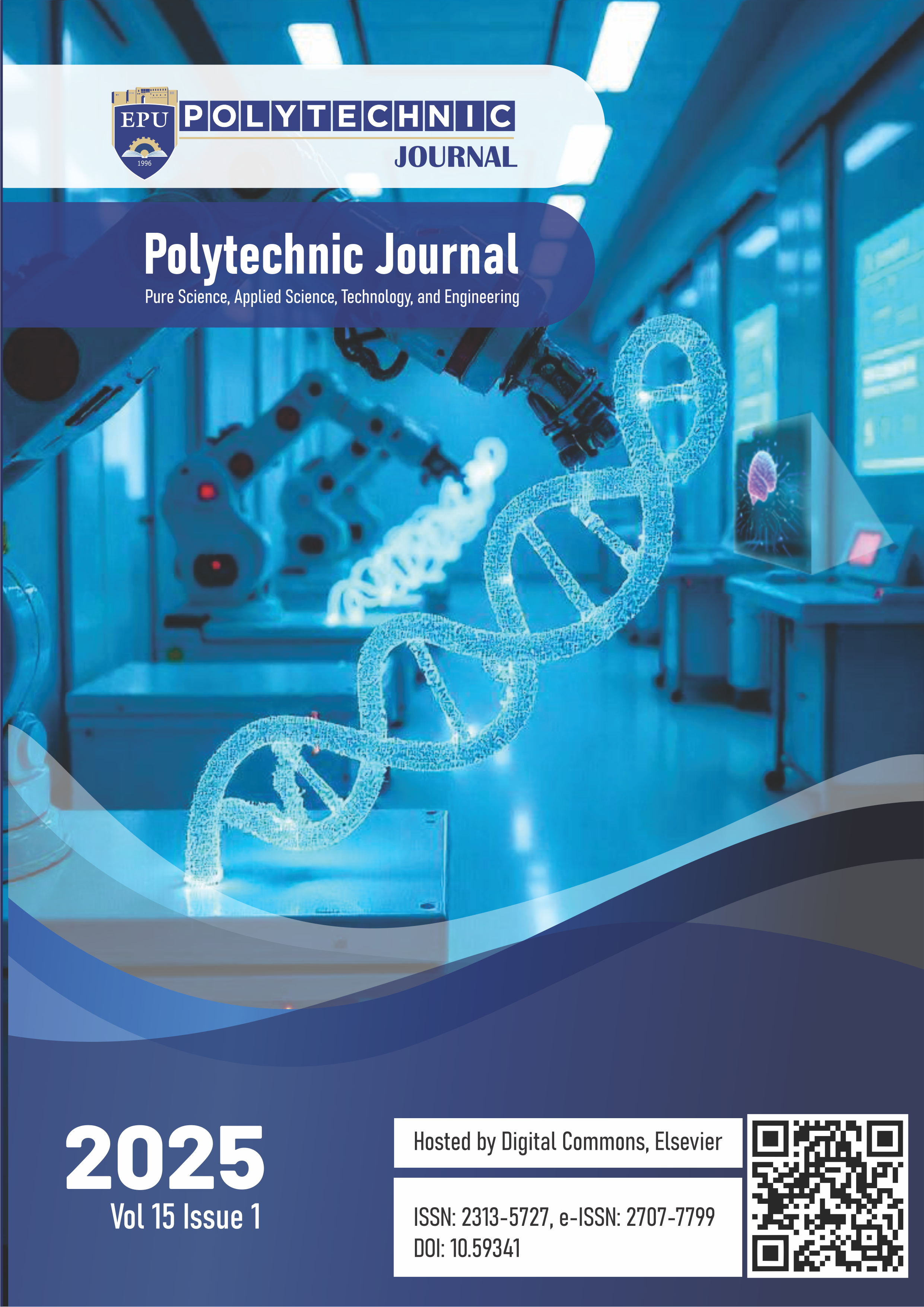Utilizing Machine Learning and Deep Learning for Precise Intensity-Duration-Frequency (IDF) Curve Predictions
Keywords:
Rainfall intensity-duration-frequency curves,, RNN-LSTM, Flood risk management, Machine learning, Koya City, IraqAbstract
Intensity-Duration-Frequency (IDF) curves are crucial for the design and management of engineering infrastructure,
including storm sewers, retention ponds, dams, and flood mitigation systems. This study adopts a comparative approach
to estimate IDF curves using a combination of traditional statistical methods, machine learning techniques, and
advanced deep learning models. Rainfall data from Koya City, Iraq (2005e2022), was used, with the 2005e2015 period
for training and 2016e2022 for validation. The models evaluated include the Gumbel Distribution, Linear Regression,
Support Vector Regression (SVR), and Recurrent Neural Networks (RNN) with Long Short-Term Memory (LSTM),
assessed based on three metrics: Root Mean Square Error (RMSE), Mean Absolute Error (MAE), and Coefficient of
Determination (R2
). Among these, the RNN-LSTM model demonstrated the lowest RMSE (1.44 mm/hr), lowest MAE
(0.81 mm/hr), and highest R2 (0.99), outperforming the Gumbel Distribution (RMSE: 9.13 mm/hr), Linear Regression
(RMSE: 10.76 mm/hr), and SVR (RMSE: 6.19 mm/hr). This establishes RNN-LSTM as the most reliable approach for IDF
curve prediction.
Leveraging the RNN-LSTM model, rainfall trends for 2023e2043 were forecasted, revealing an expected increase
in short-duration, high-intensity rainfall events, heightening flood risks, and emphasizing the need for adaptive
stormwater management strategies. The findings underscore the significant potential of deep learning models like RNNLSTM in enhancing IDF curve predictions and guiding the development of resilient hydraulic infrastructure, particularly in regions like Koya City, where complex topography exacerbates flood challenges during intense rainfall events.

